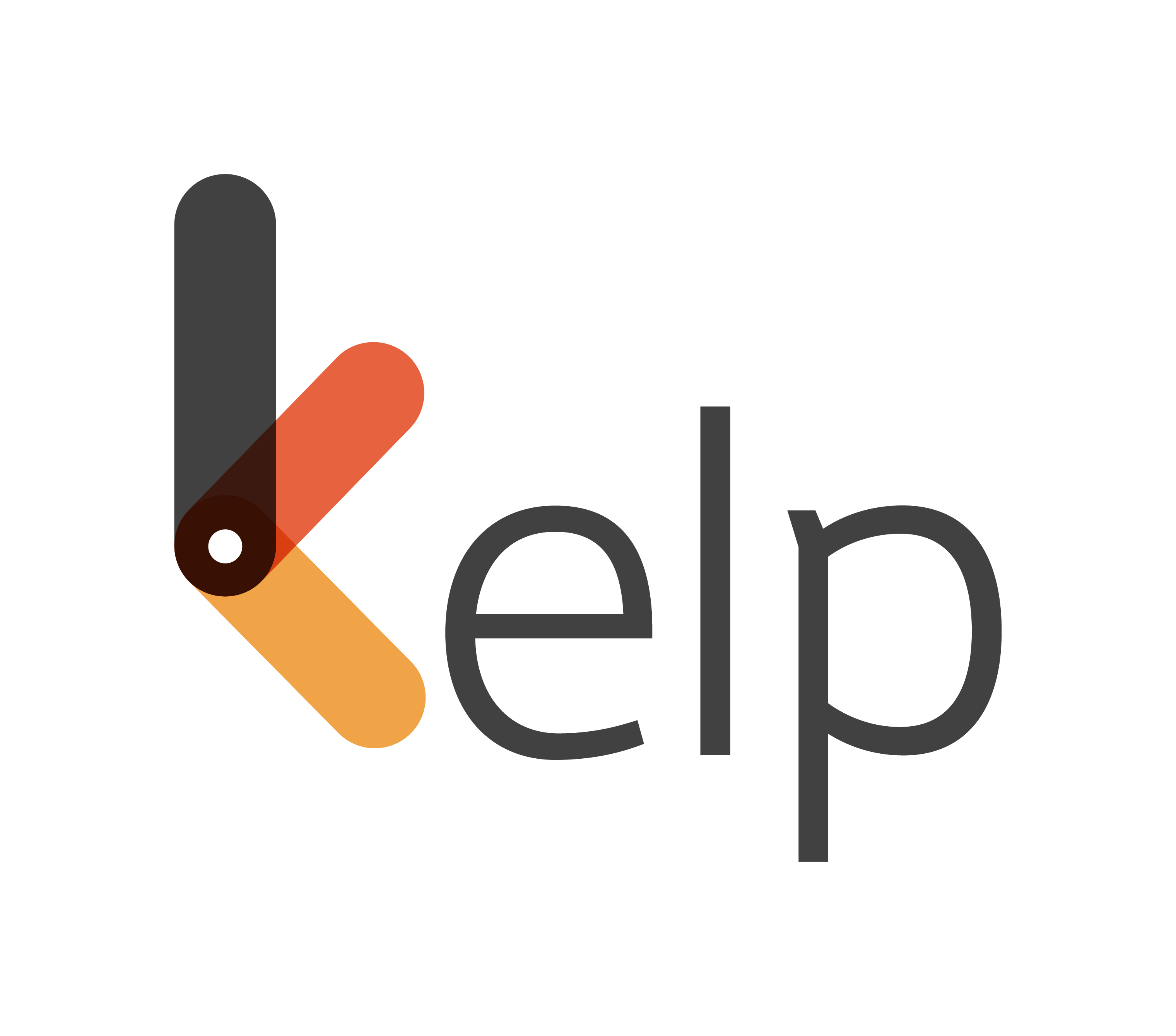In today’s workplaces, diversity and inclusion are not just moral imperatives—they’re business priorities.. Organisations are recognising that a truly inclusive culture drives innovation, employee engagement, and long-term success. However, many companies struggle to implement training that is meaningful, sustained and measurable. A one-off workshop or mandatory module rarely achieves lasting change. So, how can organisations design diversity training that actually works?
Understanding Diversity and Inclusion
Before creating effective training, it’s important to clarify what we mean by diversity and inclusion. Diversity refers to the presence of varied identities and perspectives—gender, age, ethnicity, sexual orientation, physical ability, religion, socioeconomic background, and more. Inclusion, on the other hand, ensures that all employees feel valued, respected, and empowered to make meaningful contributions. Without inclusion, diversity initiatives risk being symbolic rather than systemic.
Data Spotlight: According to Deloitte (2023), inclusive workplaces are 1.7× more likely to be innovation leaders and report 2.3× higher cash flow per employee than their non-inclusive counterparts. This shows that inclusion is not just a social value—it’s a business driver
Common Challenges in Diversity Training
Many organisations attempt diversity training but encounter familiar pitfalls:
- One-size-fits-all programs:Employees come from varied cultural and professional backgrounds. A generic module rarely resonates universally.
- Lack of engagement:Lecture-based or policy-heavy sessions often feel like checkbox compliance.
- Short-term focus:Real behavioural change requires reinforcement over time, not just a single session.
- Resistance and defensiveness:When participants feel blamed or judged, openness and learning diminish.
Recognising these challenges is the first step to learning experiences that build empathy, awareness, and accountability.
Core Principles for Effective Diversity Training
1. Make it Interactive and Experiential
Adults learn best through experience and reflection. Incorporate role plays, case studies, and simulations, scenario-based discussions on bias in hiring, team collaboration, or performance feedback, and short animated videos showing inclusion in action. For example, A hiring simulation that reveals unconscious bias and guides participants to use structured decision-making tools.
Data Spotlight: Harvard Business Review (2022) found that interactive and story-based training increases retention of inclusive behaviours by up to 60% compared to lecture-based modules
2. Customise to Organisational Needs
Start with a diagnostic or needs assessment. Use surveys, focus groups, or cultural audits to identify inclusion gaps. Tailor content to your company’s values, demographics, and maturity stage on the DEI journey. This ensures the training feels authentic and relevant, not imported.
Data Spotlight: Gartner (2024) reports that customised training programs improve employee buy-in by 45% and lead to more consistent application of inclusive behaviours on the job.
3. Include Leadership as Champions
Leaders set the tone for inclusion. When senior leaders participate, share stories, and model inclusive behaviours, employees perceive DEI as strategic, not symbolic. Embedding leader accountability—such as linking inclusion metrics to performance reviews—drives credibility.
Data Spotlight: McKinsey’s Diversity Wins (2023) study shows that companies with diverse and inclusive leadership teams are 39% more likely to outperform peers in profitability.
4. Embed Learning in Everyday Work
Move from event-based to habit-based learning:
- Include inclusion moments in team meetings.
- Integrate DEI reflection in performance check-ins.
- Recognise inclusive behaviours publicly.
When inclusion becomes part of how work happens, it sustains cultural change.
Data Spotlight: According to LinkedIn Learning (2024), organisations that embed micro-learning on inclusion within daily workflows see a 28% higher rate of long-term behaviour adoption.
5. Measure Impact
Tracking impact builds legitimacy and drives improvement. Measure:
- Employee perception of belonging and fairness (survey scores).
- Reduction in bias-related grievances or attrition.
- Increased participation in mentoring or ERG initiatives.
Data Spotlight: Gartner (2024) found that companies that measure inclusion quarterly see 3× faster culture change than those that rely on annual reports alone.
Promoting Inclusivity Beyond Training
Training is the spark, not the solution. Reinforce it with systems and structures that sustain inclusion:
- Employee Resource Groups (ERGs):Safe spaces for shared experiences and advocacy.
- Mentorship and Sponsorship:Especially for under-represented employees.
- Inclusive Policies:Equal parental leave, flexible work options, and accessibility accommodations.
- Celebrations: Recognise cultural and identity-based events meaningfully.
- Data Spotlight: Glassdoor (2023) reports that companies with active ERGs experience 33% higher employee engagement scores and 25% lower voluntary turnover.
These initiatives reinforce the lessons from training, making inclusion a lived experience rather than a theoretical concept.
The Role of Employee Engagement
Employee engagement thrives where inclusion thrives. Engaged employees feel heard, valued, and trusted—and they deliver higher performance.
Data Spotlight: Gallup (2023) found that companies with highly engaged and inclusive workforces are 2.5× more likely to have high-performing teams and 40% less likely to experience burnout
Conclusion
Designing effective diversity training demands intentionality, contextual relevance, and continuous reinforcement. Organisations must move beyond compliance to foster understanding, empathy, and inclusion as everyday practices.
At Kelp, we partner with organisations to craft interactive, data-driven, and culturally aligned diversity programs—transforming inclusion from a policy into a lived culture.
Because when every employee feels respected and empowered, organisations don’t just perform—they thrive.




























